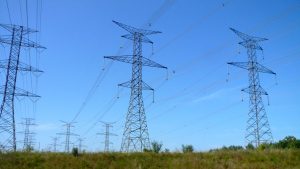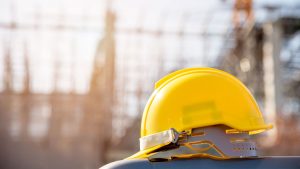Canada imagines itself at the forefront of global efforts to reduce GHG emissions. However, we lag in comparison to international partners. Canada recently announced that by 2030, it will reduce overall emissions by 40 to 45 per cent versus 2005 levels. However, this pales to U.S. and U.K. commitments to cut by more than 50 per cent and 78 per cent respectively.
Construction is a major source of GHGs. These emissions come from two basic sources: those created by building operations, particularly energy consumption and heating, and the embodied carbons related to building materials and the construction process itself.
Reducing emissions caused by operations will be regulated through updated codes dealing with energy efficient building envelopes. However, Canada’s national strategy for dealing with improved energy efficiency still awaits the long-delayed 2020 National Building Code. According to NR Canada, “The 2020 editions of the national code models are now anticipated to be published in December 2021.”
After that, the provinces must either adopt or amend the code.
These continued delays, caused in part by wrangling between interprovincial and industry interests, undermine Canada’s global commitments.
In contrast, in January, Britain published its Future Home Standard (FHS) covering heating and ventilation regulations. The intention is that all new homes must both meet high energy efficiency standards and be zero carbon ready by 2025. The result will be new homes that produce 75 to 80 per cent less carbon compared to current levels. Alterations to existing homes will also be required to meet stringent new energy efficiency standards.
Homes are just the first step. Britain intends to tackle non-residential construction next.
Canada is well behind. According to a Canadian government information website, “an independent group of experts” to consult with Canadians in order to develop “best pathways to achieving net-zero emissions by 2050” was formed only in February this year. The government further promises to, “launch the Net-Zero Challenge, a voluntary initiative to encourage Canadian companies, particularly large industrial emitters, to develop and implement plans to transition their operations to net-zero emissions by 2050.”
This leadership vacuum at the top means grassroots efforts to deal proactively with residential energy efficiency are the country’s best hope in the near term. The B.C. Step Code, although controversial among some, allows municipalities to set new home energy efficiency standards above the provincial code. In the City of Toronto’s TransformTO climate action strategy aims to have all new homes in Toronto built to net zero standards by 2030.
Even so, operational carbons are no longer the sole focus of designers and planners. Embodied carbons are gaining more and more attention. That’s because, when finally enacted, new codes and regulations will reduce operational emissions to a small fraction of the total GHGs created over the life of a building.
While Britain seems to have a leg up on Canada in terms of mandatory policy initiatives, many feel the U.K. government has not gone far enough, particularly in terms of embodied carbons.
British publication Building Design writes that over 750 members of the Architects Climate Action Network (ACAN) are claiming “significant shortcomings” in the proposed FHS.
“The government shockingly fails to mention embodied carbon a single time,” says ACAN co-ordinator Seb Laan Lomas. ACAN is calling on Housing Secretary Robert Jenrick “to recognize the significant impact embodied carbon emissions will have in future homes – almost 70 per cent of a home’s whole-life carbon emissions.”
Meanwhile, Canada appears stuck in the starting gate. In fact, a report released by Efficiency Canada last October points to a “disconnect between our climate commitments and new ‘stretch’ model building codes.”
It found that, in some cases, the 2020 national model codes reject energy-efficient options such as mandatory airtightness testing and reflect less stringent best-practice standards for large buildings that “stymie progress towards NZEr buildings.”
It could be argued that without concerted top-down regulatory pressure, Canada’s commitments to global carbon reduction in construction by 2050, let alone 2030, will fall short.
John Bleasby is a Coldwater, Ont.-based freelance writer. Send comments and Inside Innovation column ideas to editor@dailycommercialnews.com.










BetterHomesTO is a City of Toronto program that helps homeowners with retrofits. The Toronto Green Standard sets the requirement for net zero new construction by 2030. Great article, nonetheless.